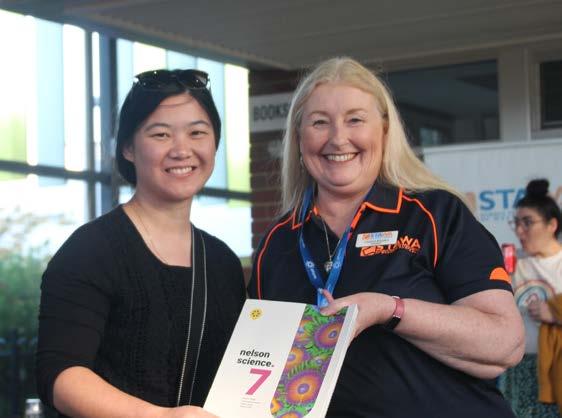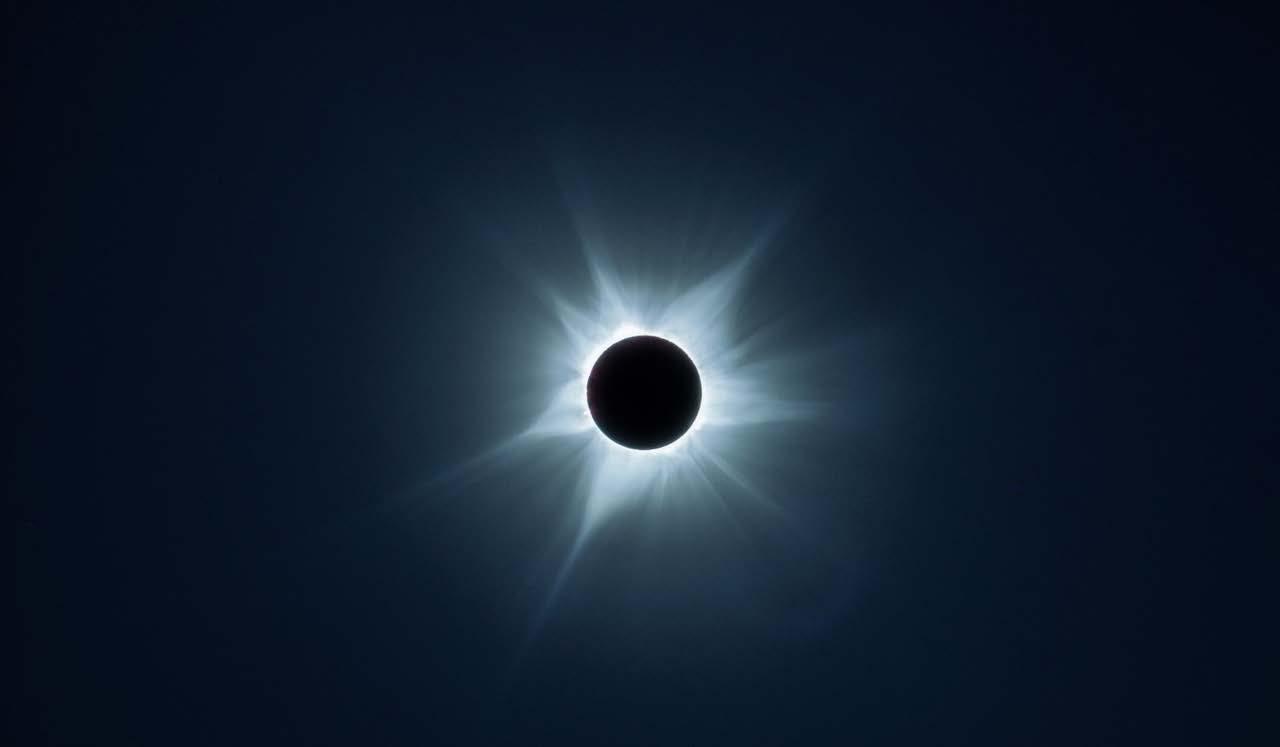
5 minute read
ICRAR EXpERIENCE Of A TOTAL SOLAR ECLIpSE
from SCIOS July 2023 Volume 70
by STAWA
Robin Cook & Paul Luckas
The Exmouth 2023 total solar eclipse was a breathtaking celestial event that captivated both locals and tourists from all around the world alike. On the morning of April 20th, the small coastal town of Exmouth found itself in a seemingly unlikely and unique position to witness the path of totality, where the Moon completely obscured the Sun for just shy of a minute. With hours remaining, crowds already gathered along the long stretches of coastline, donning their heavily filtered eclipse glasses and preparing telescopes and cameras to capture the phenomenon.
As totality approached, the buzz among the thousands of huddled spectators amplified, and then, with a sudden brilliance, the Sun was completely blocked, revealing the otherworldly corona. A twilight-esque darkness enveloped the landscape and the stars and planets emerged in the mid-day sky. Even Mercury — a planet rarely viewable due to its close proximity to the Sun — had an appearance.
For myself as a first-time eclipse viewer, it’s safe to say it was simultaneously the shortest and longest 57 seconds I had ever experienced. Short for the years of anticipation unfolding in the blink of an eye but long from how moved I was by the experience. The sensation of a total solar eclipse sits somewhere between exhilaration and trepidation as that blazing ball of plasma in the sky, which has risen and fallen with unfaltering regularity every single day of my waking life, vanished.
Robin Cook Astrophysicist
International Centre for Radio Astronomy Research (ICRAR), Research Associate
A group of astronomy outreach volunteers organised by AstroTourism Western Australia were granted access to the premier eclipse viewing site south of Exmouth on April 20. Together with the many thousands of local and international visitors, all were fortunate enough to witness just under a full minute of totality under clear blue skies.
First contact was just after 10am. This phase of the eclipse was gradual and predictable, requiring solar eye protection to view, and with camera lenses and telescope optics similarly protected. As the Moon slowly made its way across the face of the Sun, the surrounding landscape changed from bright sunlight to the subdued tones of dusk.
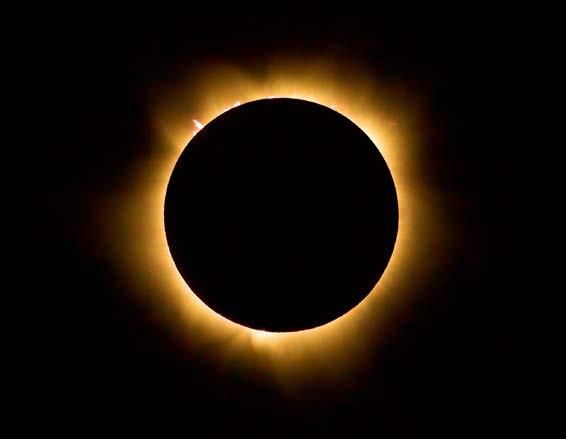
The moment of totality exhibited a sudden and explosive change. With the blinding light of the Sun now gone, a large and imposing black disk— a hole in the sky— dominated the view. Around this disk a translucent stream of coronal plasma dissipated in all directions. Several prominences were clearly visible erupting from the edge, and Jupiter and Venus were now also visible nearby.
The eclipse ended abruptly with a stunning “diamond ring” effect accompanied by applause and cheers from the thousands in attendance.
Evening post-eclipse events provided a time to share the memory of that experience with others and reflect on that magical moment of totality.
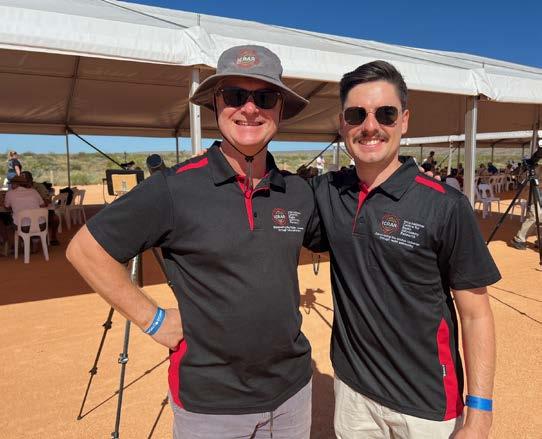
CONSTAWA 41 – IT’S A WRAp!
Long, long ago, in a school (not too) far away - there met 150 keen primary and secondary teachers of science to learn, share, network and generally have some fun during the holidays. This is their story…
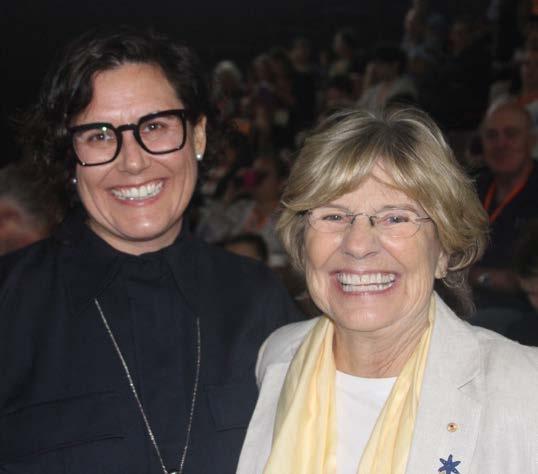
As with all these gatherings there was lots of coffee and chatting, making new acquaintances, and renewing old ones. We were ecstatic with the number of firsttime attendees and equally delighted to see some intrepid teachers had attended over 20 times. Now that’s commitment! We also welcomed some preservice teachers which is fantastic. Our enthusiastic Patron – Professor Lyn Beazley – attended and was delighted to chat with many teachers. Her support with all our activities is appreciated and she attends events whenever her incredibly busy schedule allows her too. There were some 50 workshops on offer – most delivered by passionate teachers willing to share their own experiences and successes (plus their failures!) The conference was at Willetton Senior High School for the second year using their excellent science facilities. Many thanks to WSHS and Lance Taylor for supporting STAWA again.
So, what happens at CONSTAWA?
We began with a Keynote related to the current National Science Week Theme.
With the current controversy and questions about AI, we were treated to a thought-provoking exposé on the behind-the-scenes issues of programs like those able to create written documents in 0.7 seconds! Not actually about why and how we and our students should be learning to use them but more about are they ethical? Do they use appropriately trained and supported workforces? And – interestingly - how much water is used in running the enormous electrical systems they require? Dr Julia Powles, Director of the Minderoo Tech and Policy Lab at UWA, presented so many ideas to consider that we all headed for morning tea with our minds challenged to think beyond the ‘visible face’ of these programs. We are well aware that these programs are here to stay but if we are aware of some of the issues behind them we can make mindful choices about if/how/when to use them.
STAWA updates and STAWA Teacher Awards were also presented at the introduction session. You can read about Ashleigh and Kieran’s experiences of CONSTAWA in this issue of SCIOS. Congratulations to both these teachers for their awards.
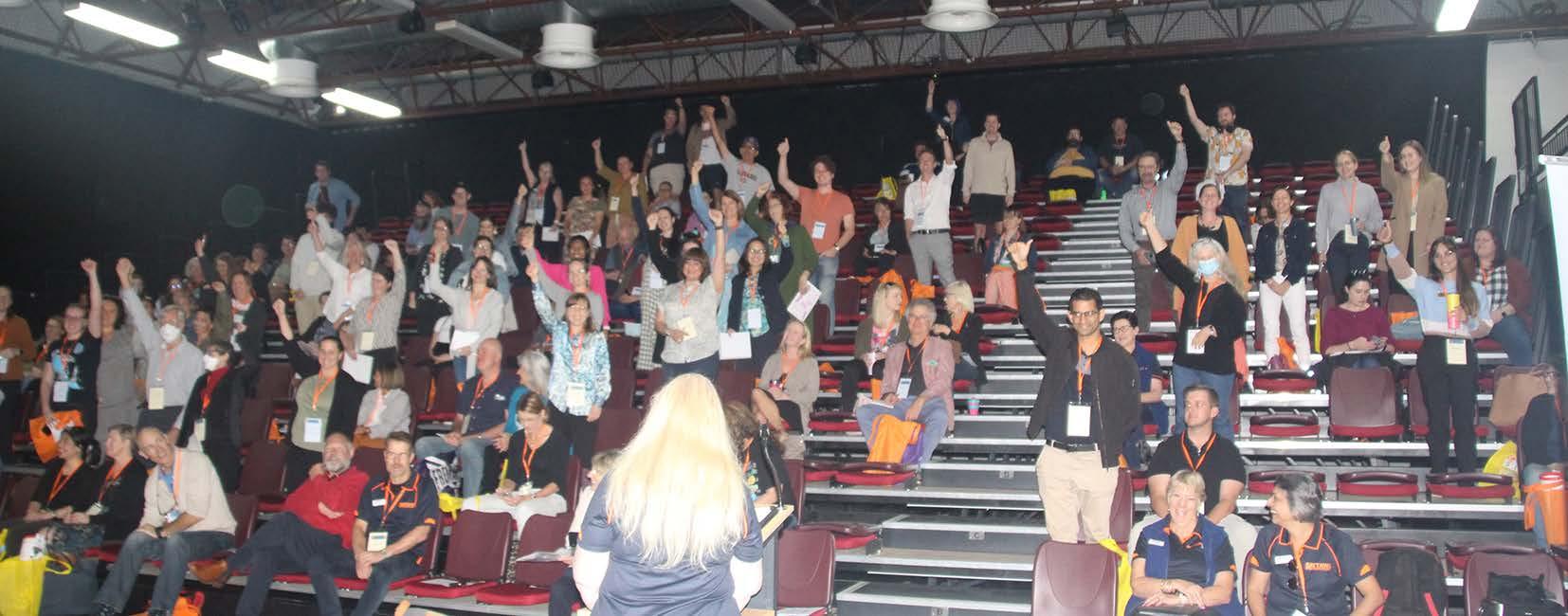
Morning tea and lunch was catered for by the WSHS Catering Group as part of their requirements to develop and deliver menus for large groups. They did a marvellous job – particularly as there were only 7 students catering for 180 people (teachers, trades representatives and volunteers). As someone said –‘The warm slices at morning tea were like a hug!’ The students were exhausted but exhilarated at the end of the long day and we congratulate them for their hard work.
Morning tea and lunch are an opportunity to check out the latest offerings from the trades displays and chat to the representatives about their products and services. We appreciate their ongoing support at CONSTAWA and often also at Future Science.
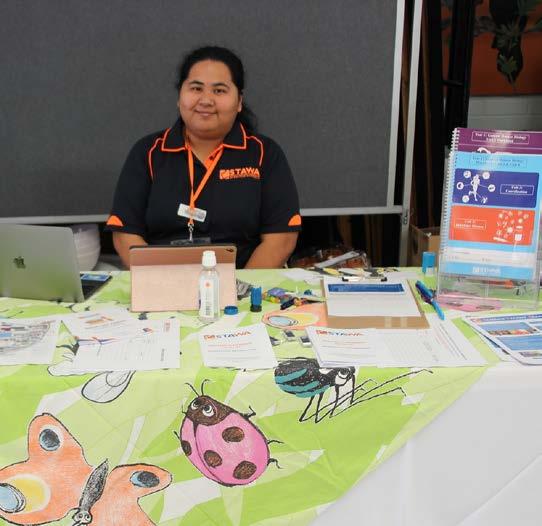
Two workshops sessions were held, then lunch and another 2 sessions after lunch until the all-important sundowner! Here there is not only a chance to wind down and catch up for a final chat and a drink but there is the annual ‘giving of the prizes’ – where lucky teachers’ names are randomly drawn to receive gifts from STAWA and trades representatives. There is always a bit of fun and a few groans when prizes go to someone else – but everyone has an equal chance as long as they attend the sundowner!
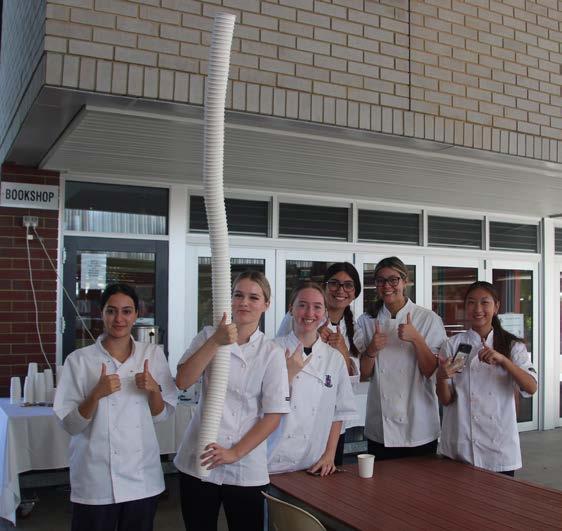
As the twin suns set on Tatooine… the last weary teachers wended their way out of Willetton – looking for the balloons marking the pathway (by then they have all popped) and the STAWA volunteers packed up the last of the gear and headed home. We left Lance wandering around the school checking all the doors and gates were locked as CONSTAWA 41 ended. What a day of energy and good spirits – we thank everyone who helped set up on the Monday, delivered workshops, attended, and volunteered.
If you have ever run a school excursion – multiply the work required by 10 to get a conference like this up and running. The feedback was excellent (thank you!) and the few constructive comments will be attended to. Be warned – we will be starting to plan CONSTAWA 42 later this year so think ahead about how you might participate – present a workshop, volunteer to help, or even just attend and encourage other teachers to attend. The overwhelming number of teachers are happy with it being in the school holidays so we will continue with this.
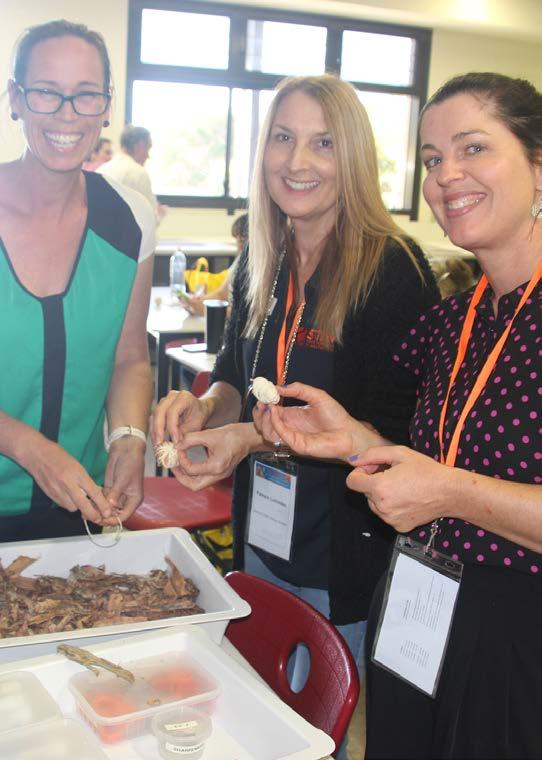
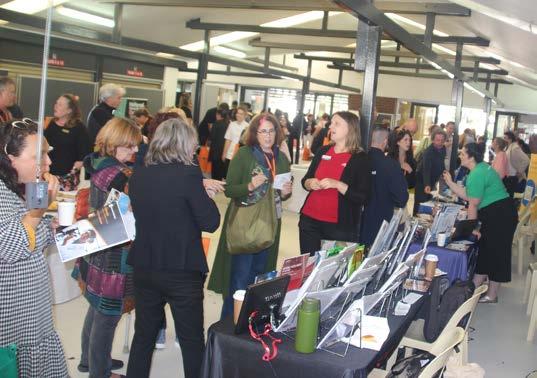
Who is the CONSTAWA Working Group?
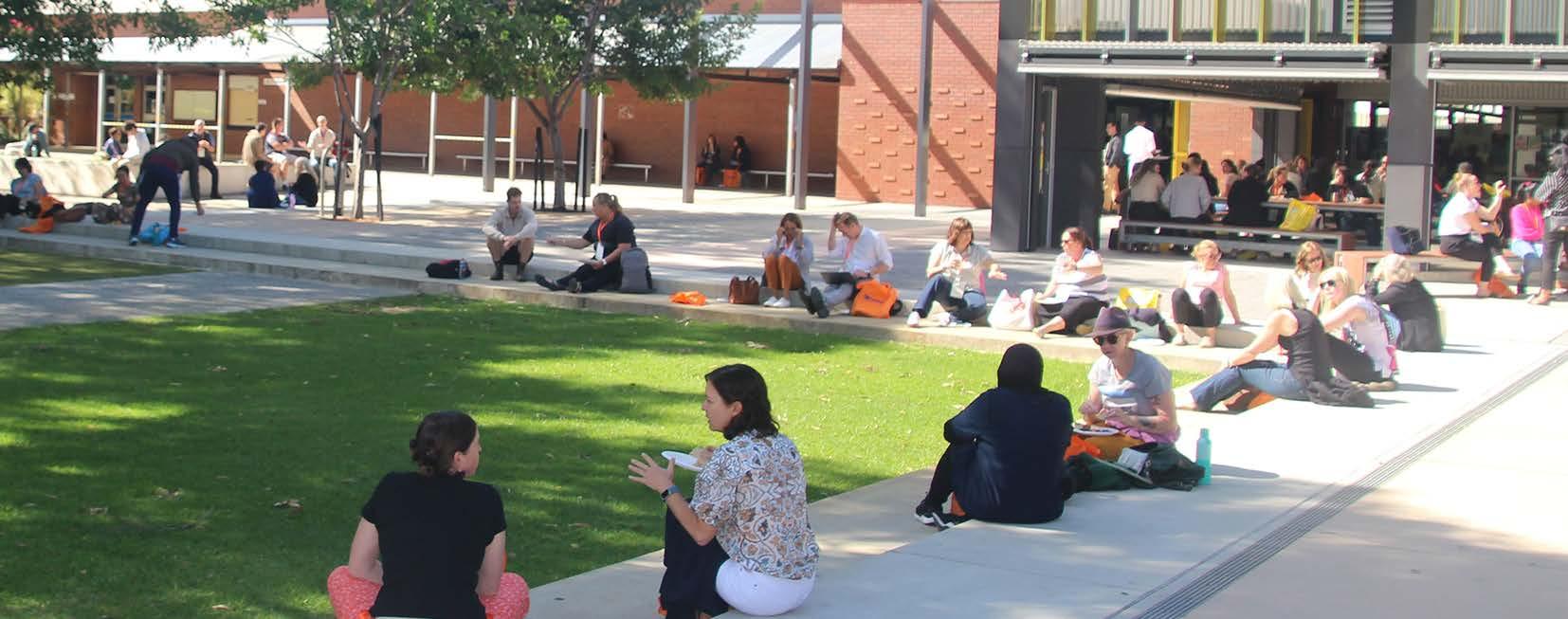
Set up this year for the first time we were:
• Lance Taylor (WSHS Liaison and Presenter Coordinator)
• Sue Doncon (Primary Teacher Representative)
• Graham Johnson (Secondary Teacher Representative)
• Geoff Quinton (Trades Liaison)
• Mady Colquhoun (Convenor)
We were of course totally supported by John Clarke (STAWA CEO) and Pamela Getalado (STAWA Marketing & Communications Assistant).
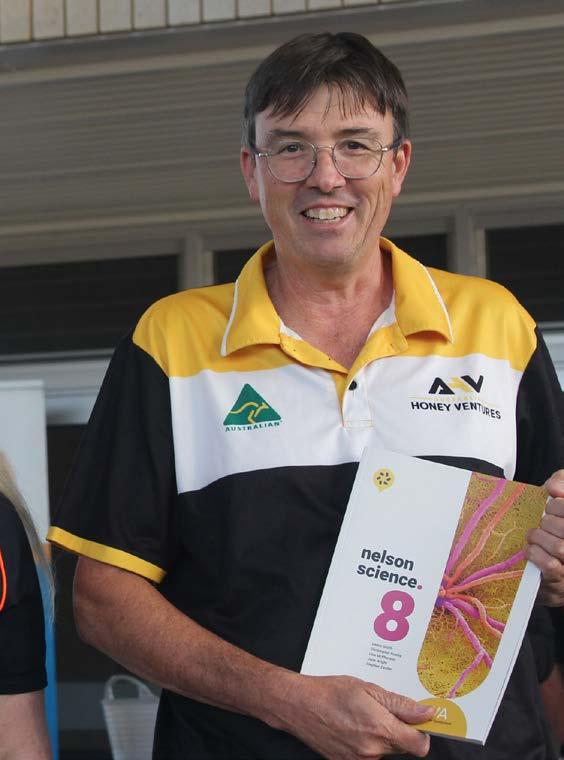
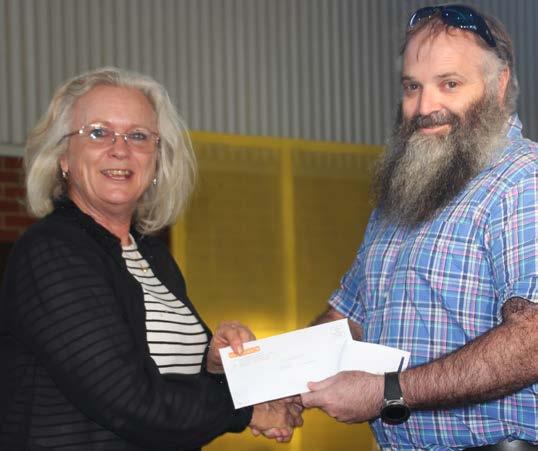
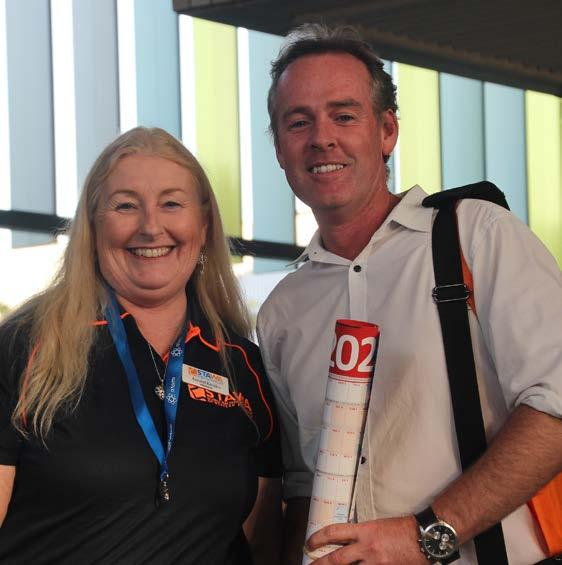
If you are interested in being part of the CONSTAWA Working Group – please email admin@stawa.net and we will be in touch. CONSTAWA 42 will be held next year BUT the following year (2025), CONSTAWA will take a break while STAWA hosts the Australian Science Teachers’ Association Conference (CONASTA). We only have a chance to host this amazing conference in rotation every 8 years so jump in and deliver a presentation, assist with organising or even just attend. It runs for a few days, and it will be amazing!
